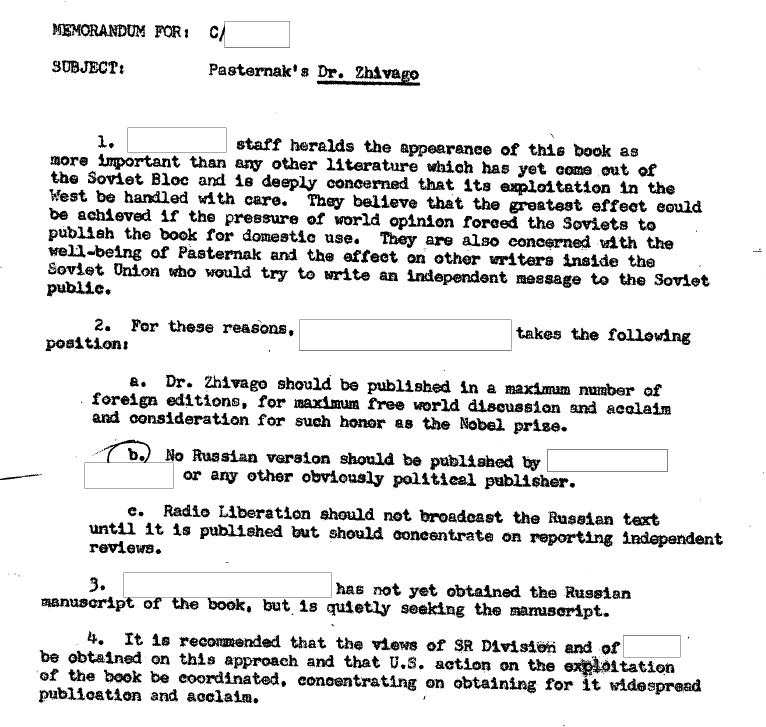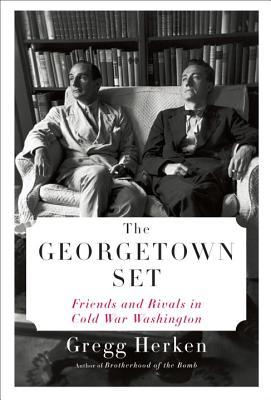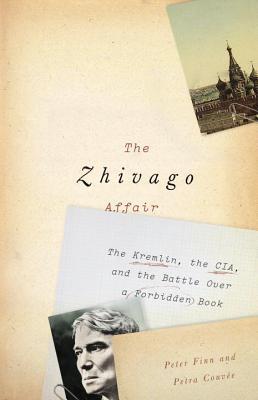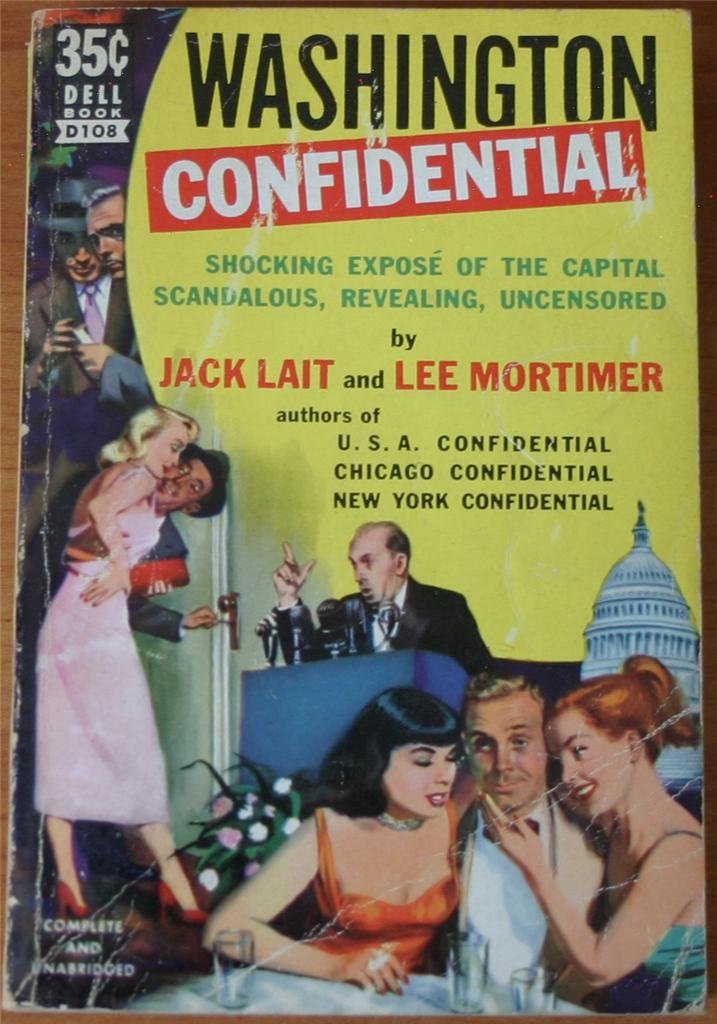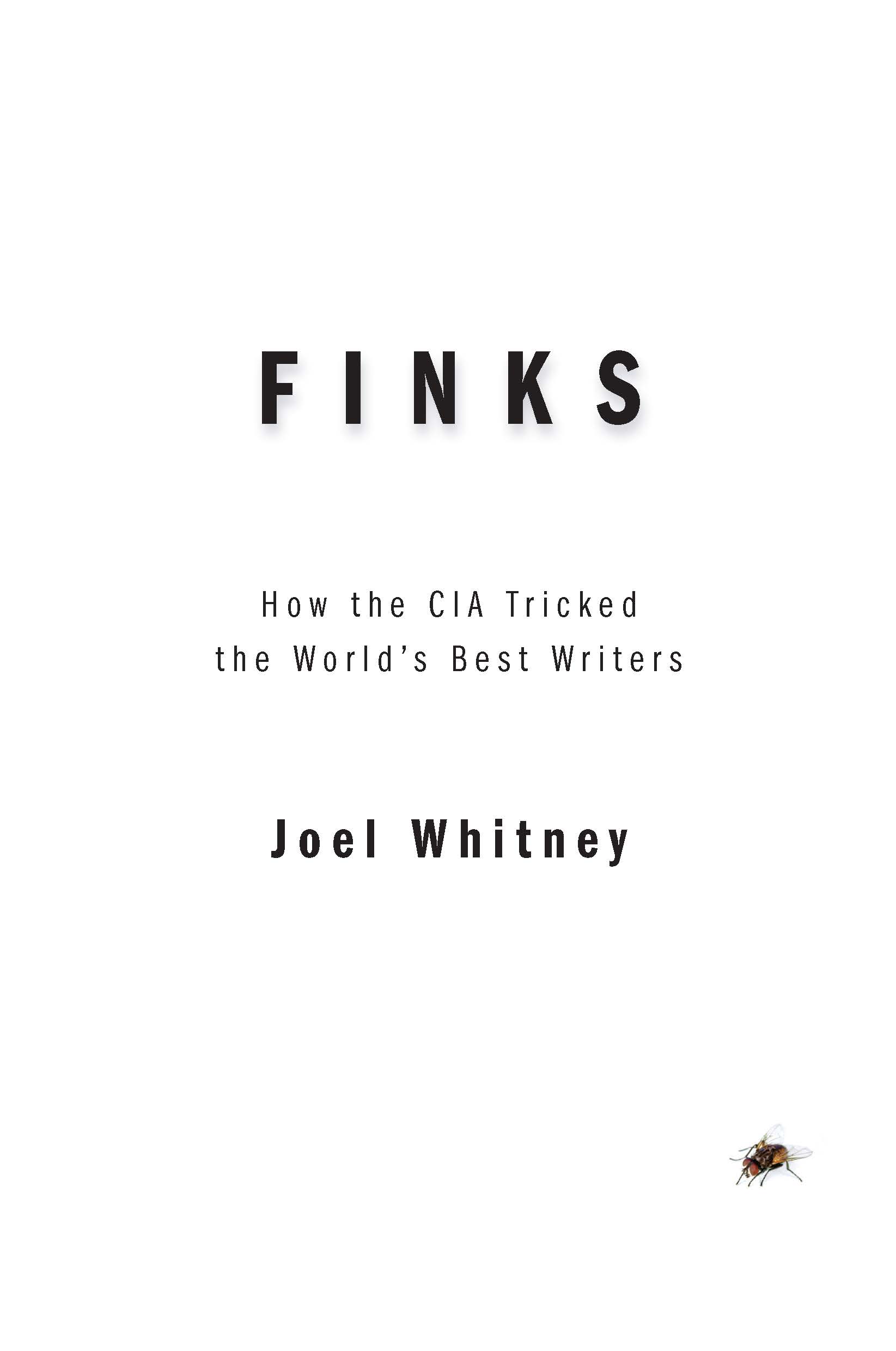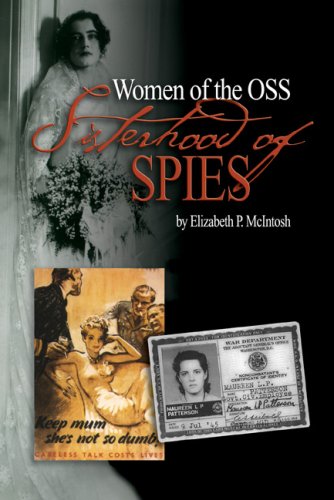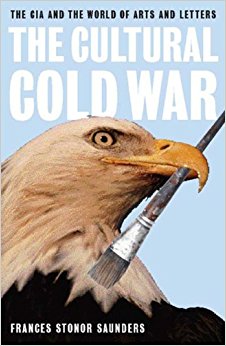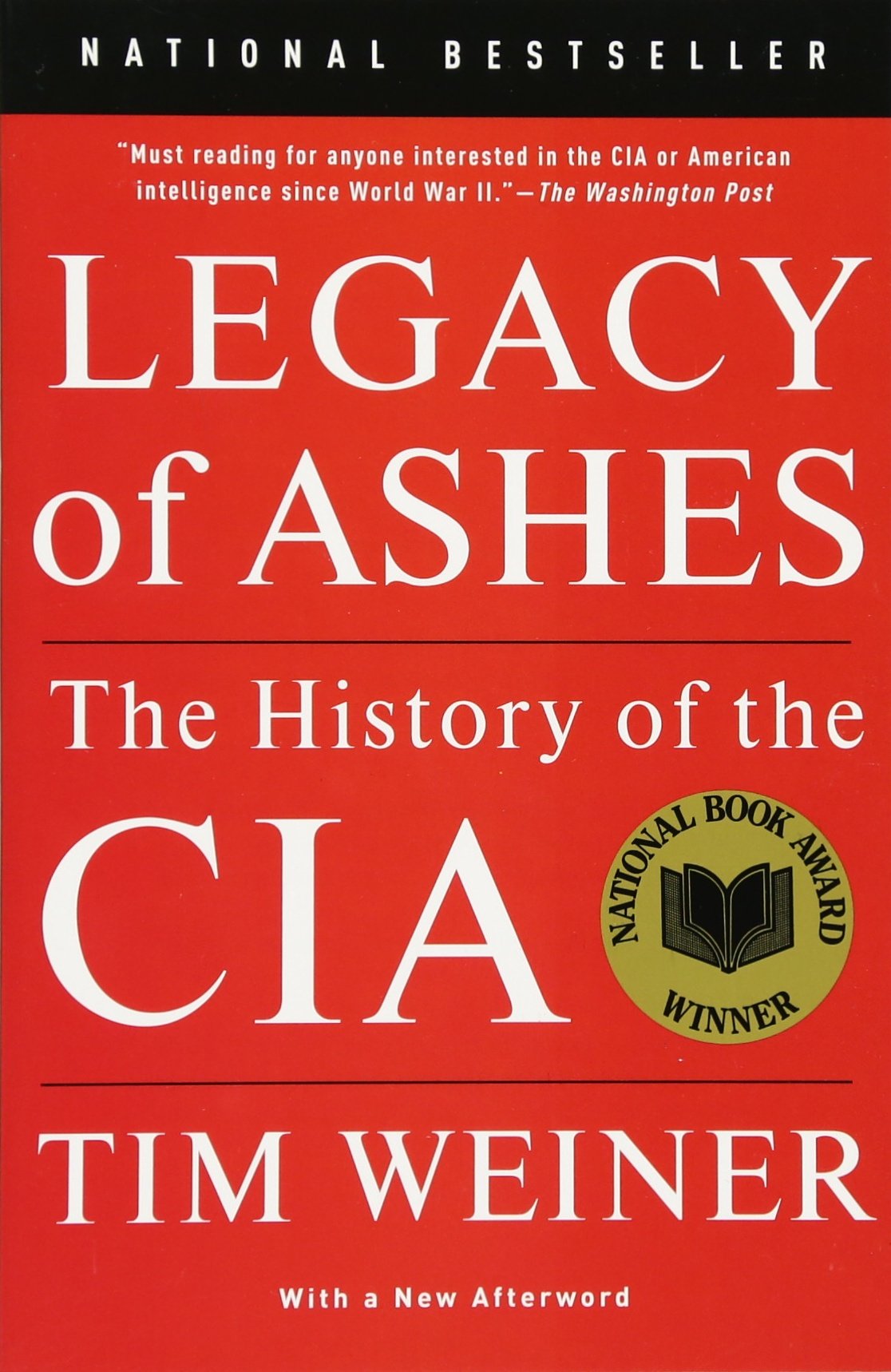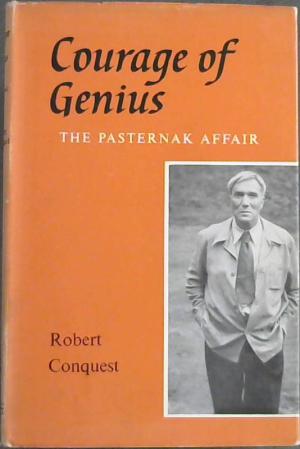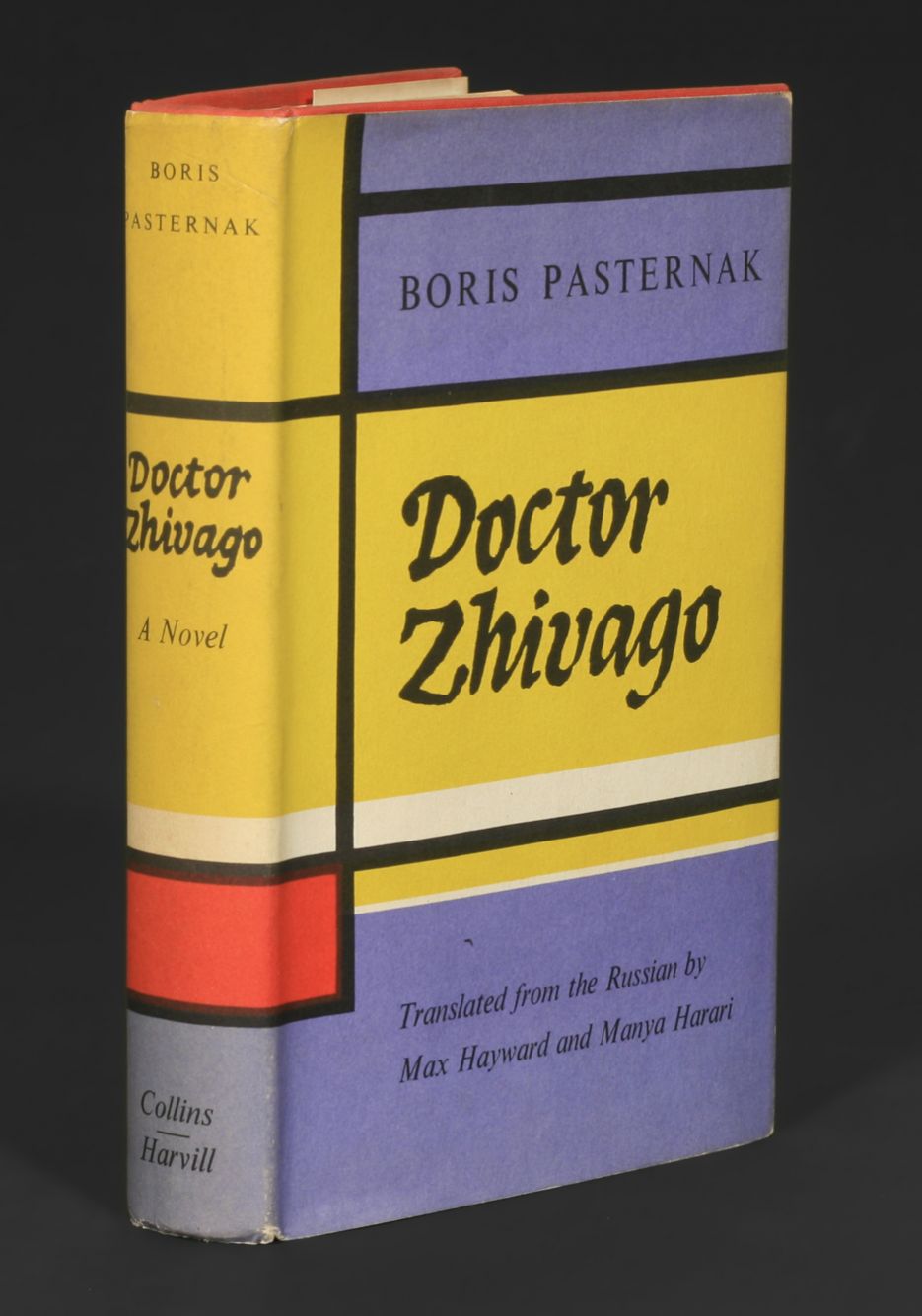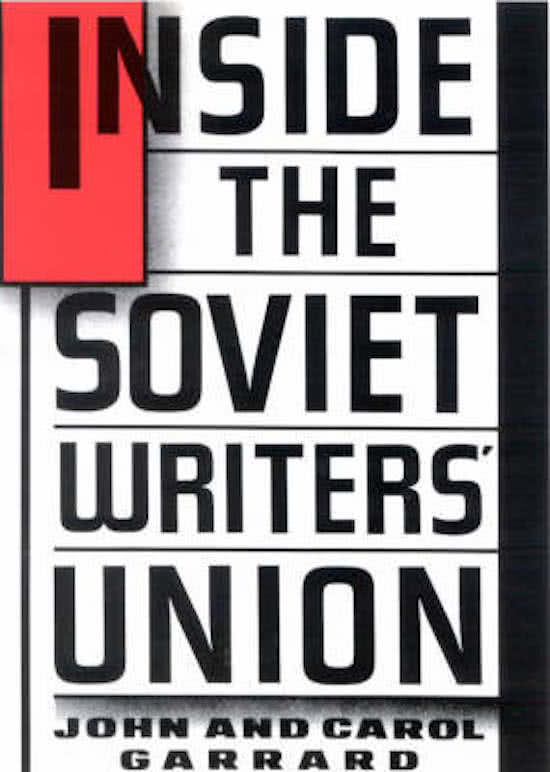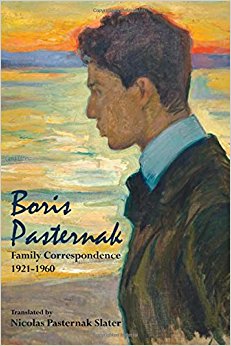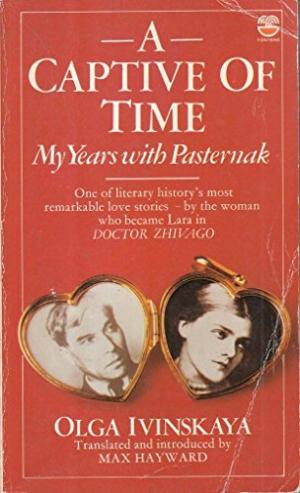THE SECRETS WE KEPT BEGAN AS A STORY.
Here’s the background: The CIA, just a decade out of WWII and fresh into the Cold War, decided to use Boris Pasternak's novel Doctor Zhivago as a weapon. Zhivago's plot revolves around a love story between Lara Antipova and Yuri Zhivago. But its depictions of the October Revolution and the Russian Civil War, as well as its themes emphasizing the importance of individual freedom in the face of the USSR’s required collectivism resulted in Zhivago being deemed subversive by the State. The CIA obtained the banned manuscript, clandestinely printed it, and smuggled it into the USSR. The journalists Peter Finn and Petra Couvée uncovered the details through petitioning the CIA to declassify documents related to its mission (codenamed AEDINOSAUR); it was seeing all the declassified documents—with their blacked-out and redacted names and details—that first inspired Lara to want to fill in the blanks with fiction.
So, in Elizabeth McCracken's fiction workshop at the Michener Center for Writers, Lara wrote a story centered on a group of fictionalized (and mostly-unnamed) female CIA typists working on the Zhivago mission—her attempt to fill in those redacted blanks. Over the course of nearly three years, she expanded that story into The Secrets We Kept. And as she did so, she realized that to tell the full tale, she needed to write not just from the perspective of the CIA in the West, but also tell the story as it unfolded in the East—which she did mainly through the voice of Olga Ivinskaya, Pasternak's real-life mistress and inspiration for his character Lara. She was fascinated with Olga's harrowing story, and, like Pasternak, Olga became Lara’s muse as well.
The result is a polyphonic novel told in alternating perspectives that's driven by strong, female voices, and that—like Zhivago itself—is about war, propaganda, persecution, and, above all else, love.
RESEARCH & PROCESS
Lara received great pleasure from her research—which kept her invested (read: obsessed) with the story.
In the Western thread, most of the characters are fictional. But peppered throughout are historically accurate details—including some real names, as well as direct quotes and descriptions pertaining to the mission. For this thread, The Zhivago Affair by Peter Finn and Petra Couvée proved an indispensable asset. Sergio D'Angelo's self-published memoir, The Pasternak Affair also proved important for the Western thread. As well, the following titles also helped immensely, including, but not limited to: Legacy of Ashes, The Agency, The Cultural Cold War, The Georgetown Set, The Very Best Men, Hot Books in the Cold War, The Spy and His CIA Brat, The Lavender Scare, Sisterhood of Spies, Finks, Washington Confidential, Expo 58, and Feltrinelli.
Throughout the Eastern thread are many direct descriptions and quotes, including excerpts of conversations, as documented in first-hand accounts. Many titles informed the Eastern thread, including, but certainly not limited to: A Captive of Time (Olga Ivinskaya's autobiography), Inside the Zhivago Storm, Zhivago's Secret Journey, Safe Conduct, Boris Pasternak: The Tragic Years 1930-60, Boris Pasternak: The Poet and His Politics, Boris Pasternak: A Literary Biography, Fear and the Muse Kept Watch, The Nobel Prize, and Inside the Soviet Writers’ Union.
In addition to books, the historical artifacts Lara procured (hooray for eBay—and a supportive husband who knows how to use it!) and photos she found were also of great value, including:
Feltrinelli's first edition of Doctor Zhivago in Italian;
a miniature copy of Zhivago in Russian produced by the CIA and covertly distributed behind the Iron Curtain;
maps and other documents from the '58 World's Fair;
original articles on Pasternak and Zhivago circa late 1950s;
and items related to early female spies.
Lara believes there's a power in objects and felt a certain magic when holding these historic items. She surrounded her writing desk with them, hoping some of that magic would rub off.



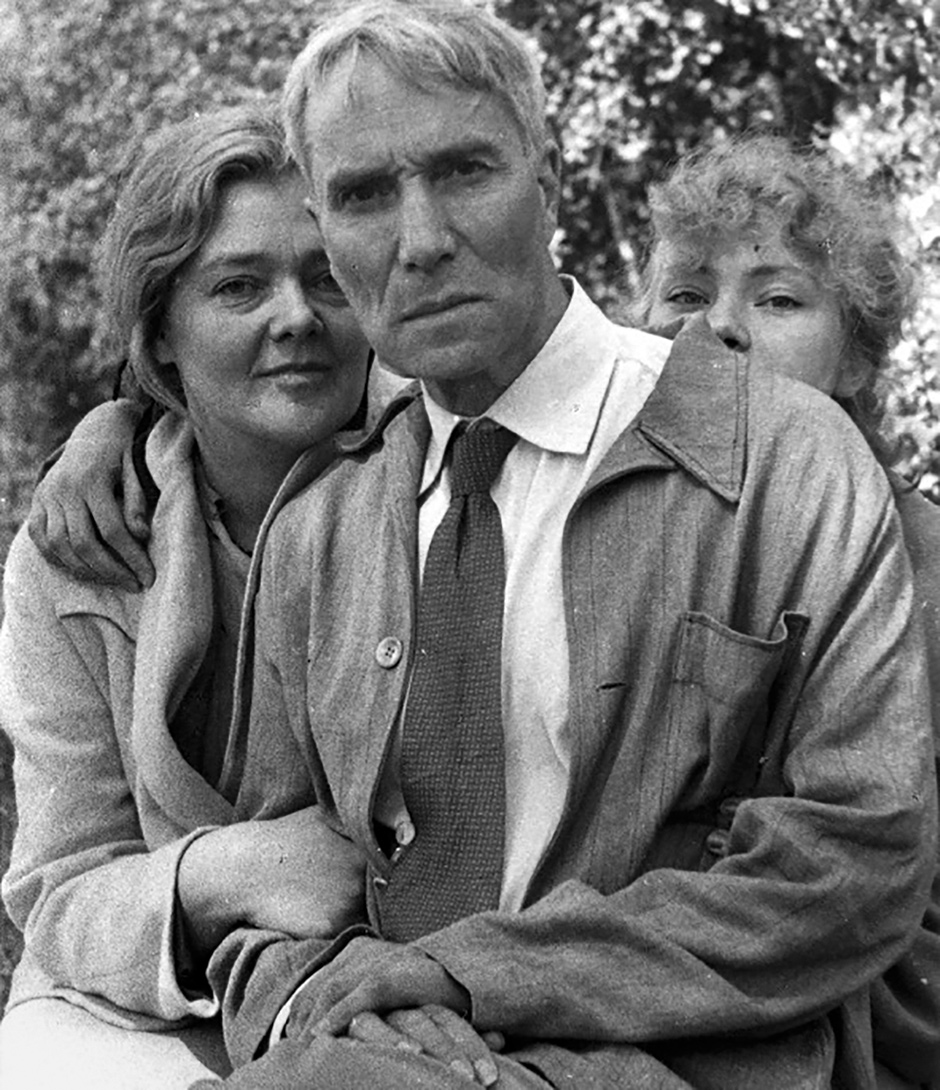
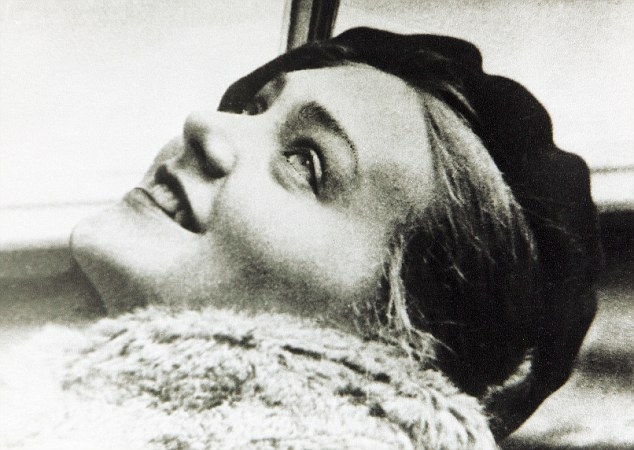
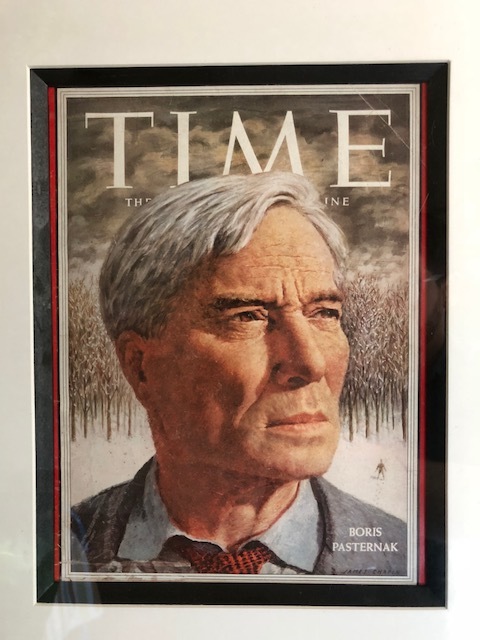
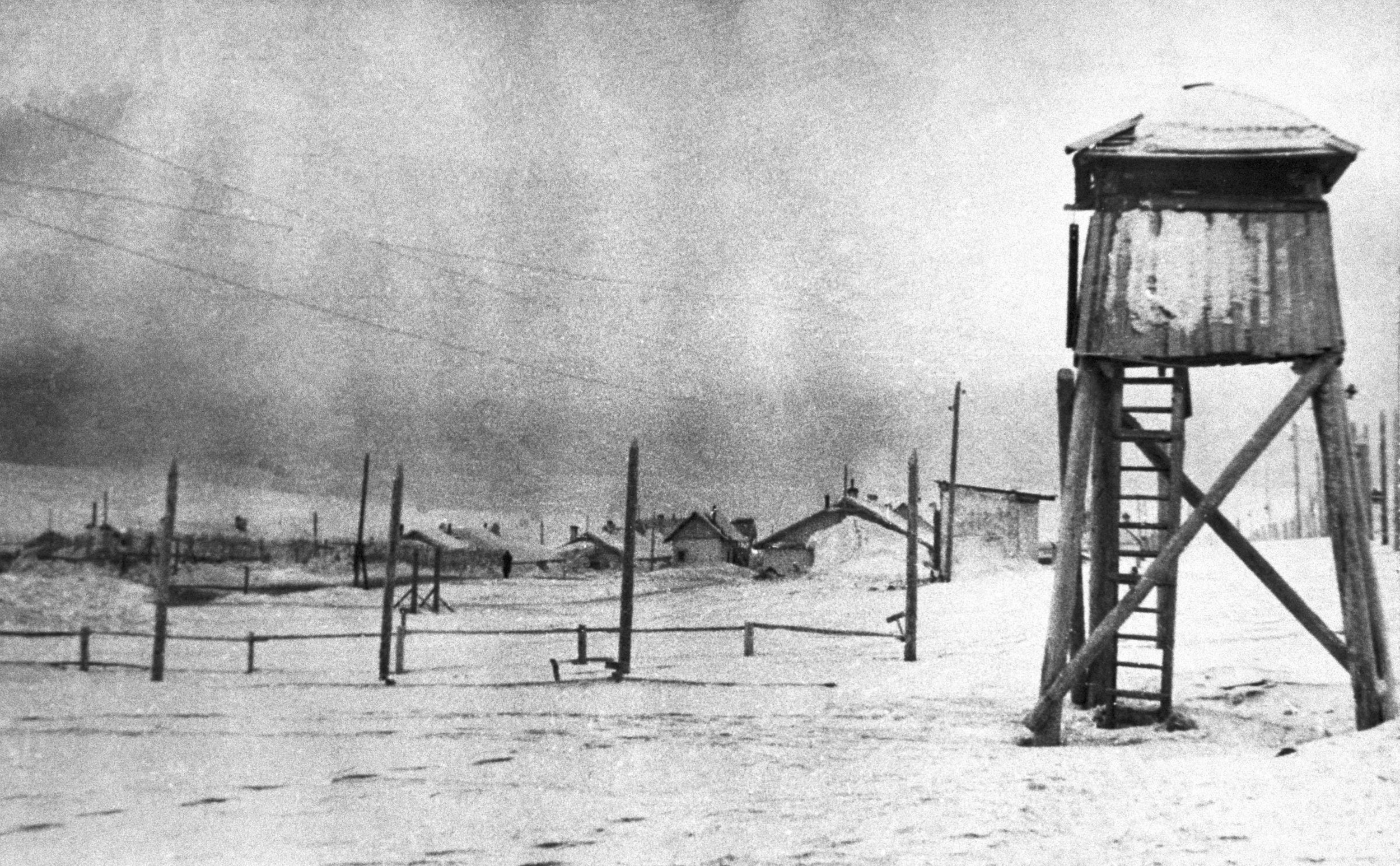
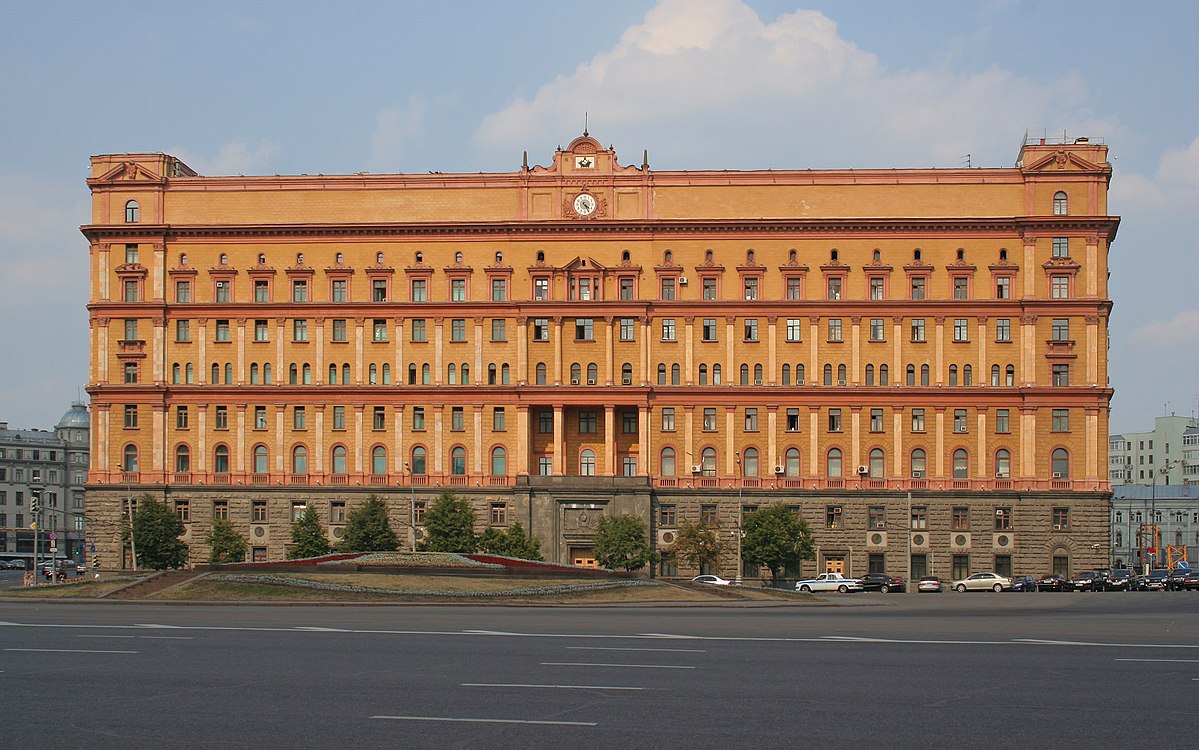
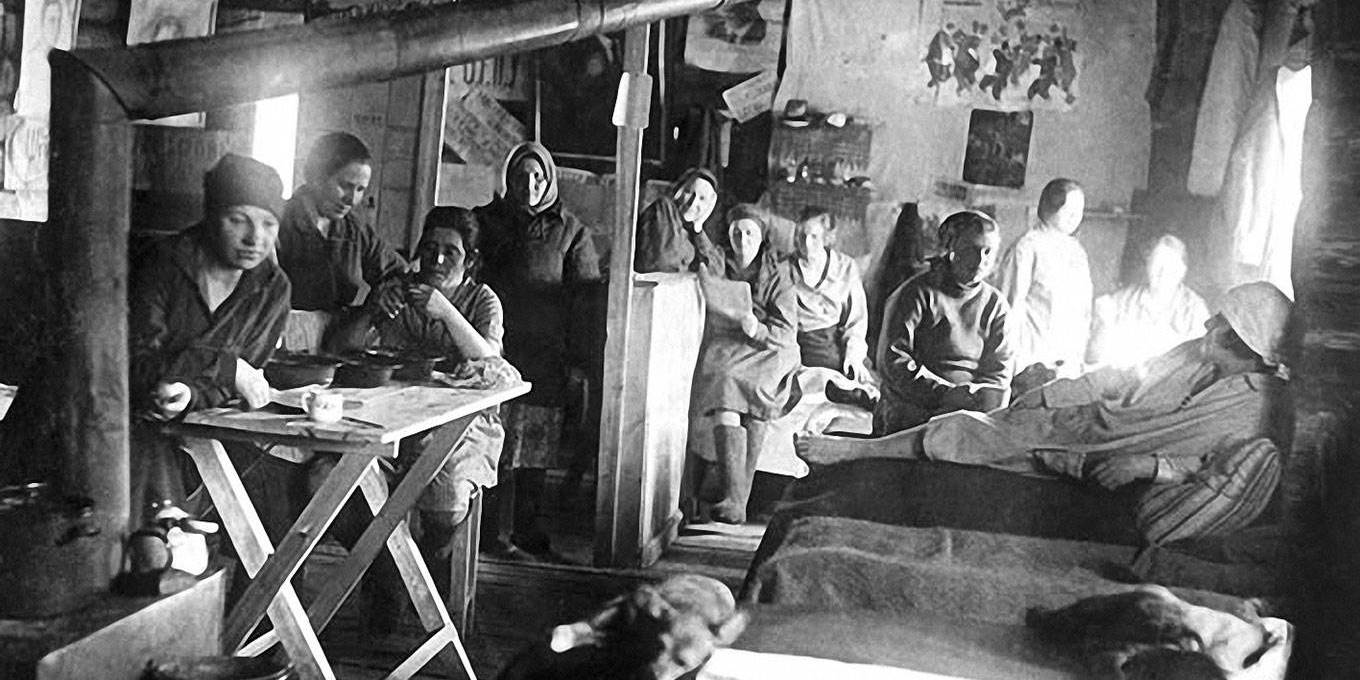










Music also played a pivotal role during the writing of Lara’s novel. She’s often inspired by music and uses it to tap into a certain emotion or place while writing. She usually writes listening to the same song, over and over again, until she tunes out the words and is left with just the feeling.
While composing the Western thread, Lara listened predominantly to 1950s and 1960s music. She especially listened to R&B, jazz, and soul music popular in Washington, D.C. during that time—artists like Shirley Horn, Duke Ellington, Ruth Brown, and more. She also listened to 50s and 60s-era Italian and French music while writing this thread, including Edith Piaf and Mina.
For the Eastern thread, Lara listened mostly to atmospheric music. This includes contemporary artists like Sufjan Stevens, Philip Glass, and Explosions in the Sky. She also listened to sparse classical music—such as Franz Liszt, Tchaikovsky, and two Ukrainian pianist friends of Boris Pasternak's: Heinrich Neuhaus (who was also the first husband of Pasternak's wife Zinaida), and Sviatoslav Richter (who played at Pasternak's funeral).
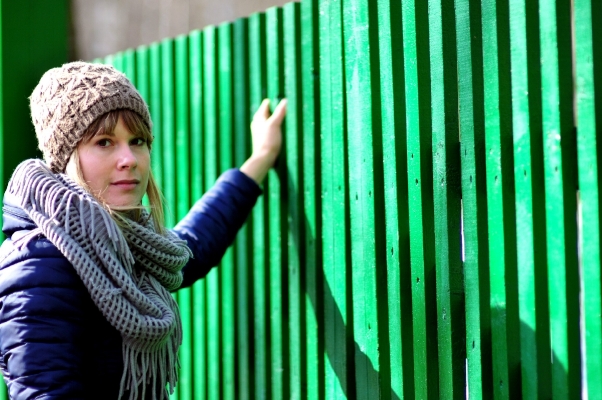
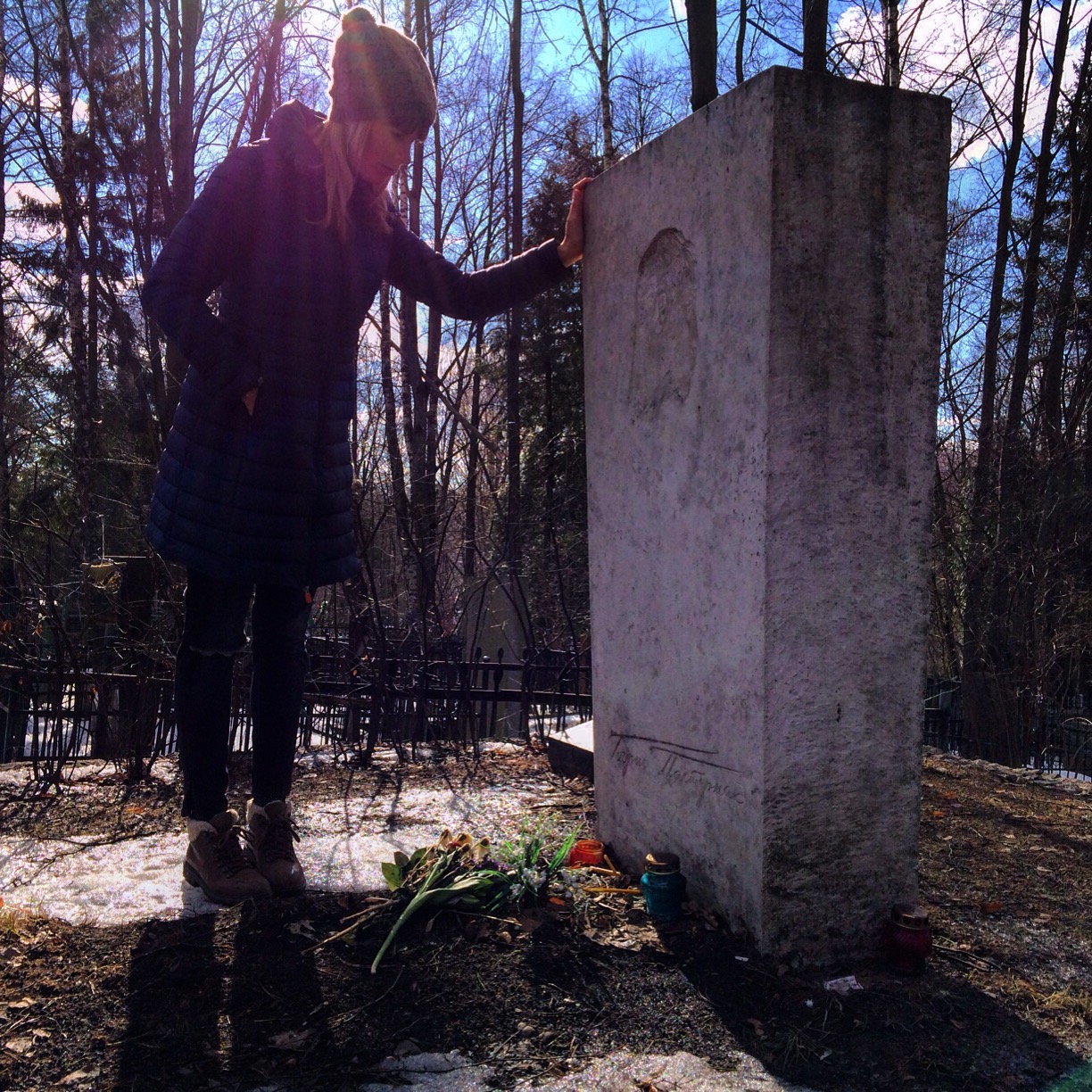
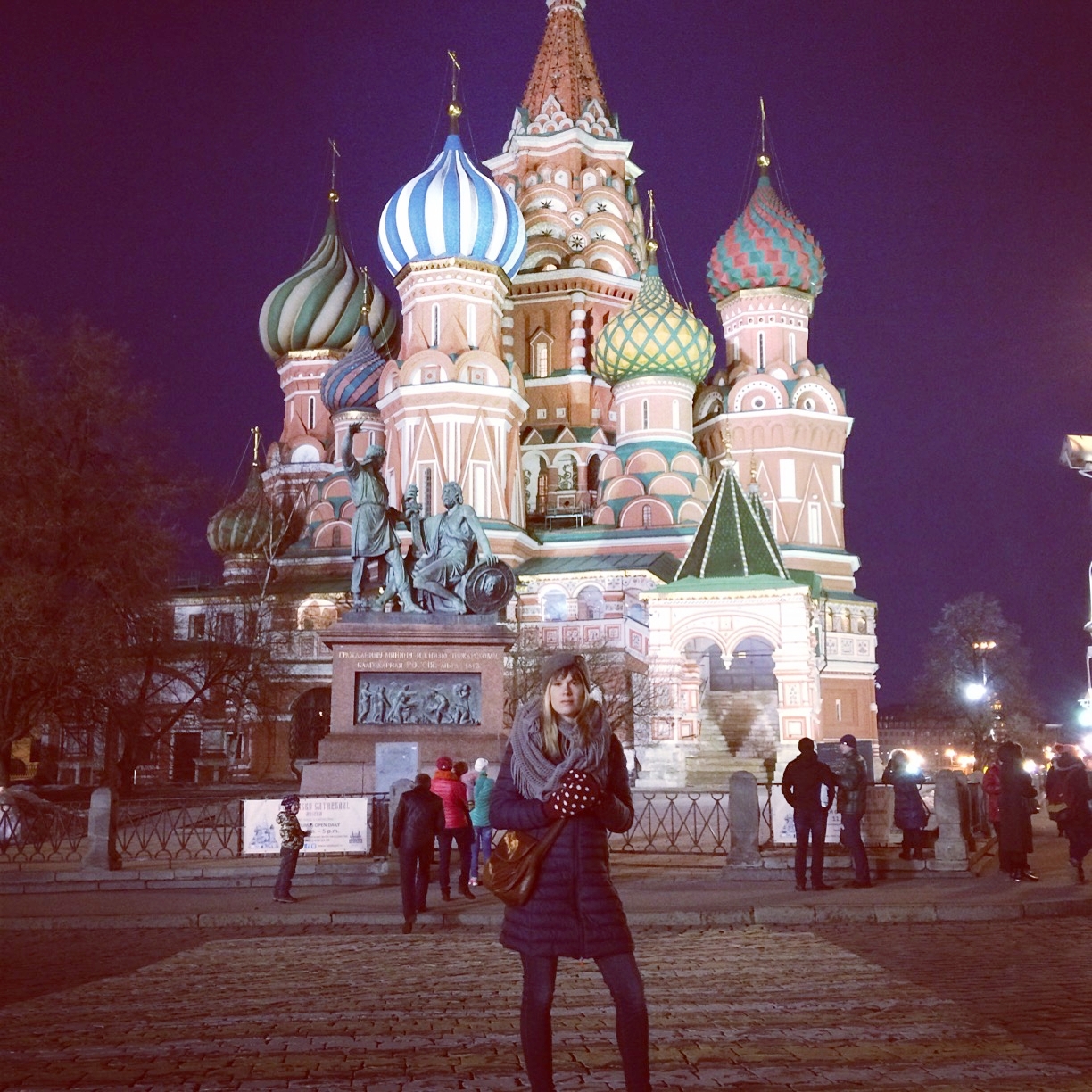
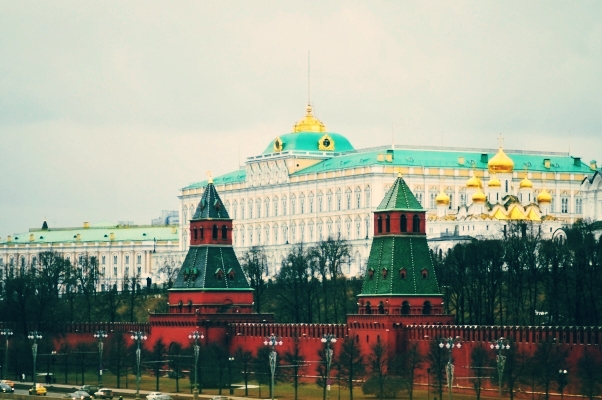
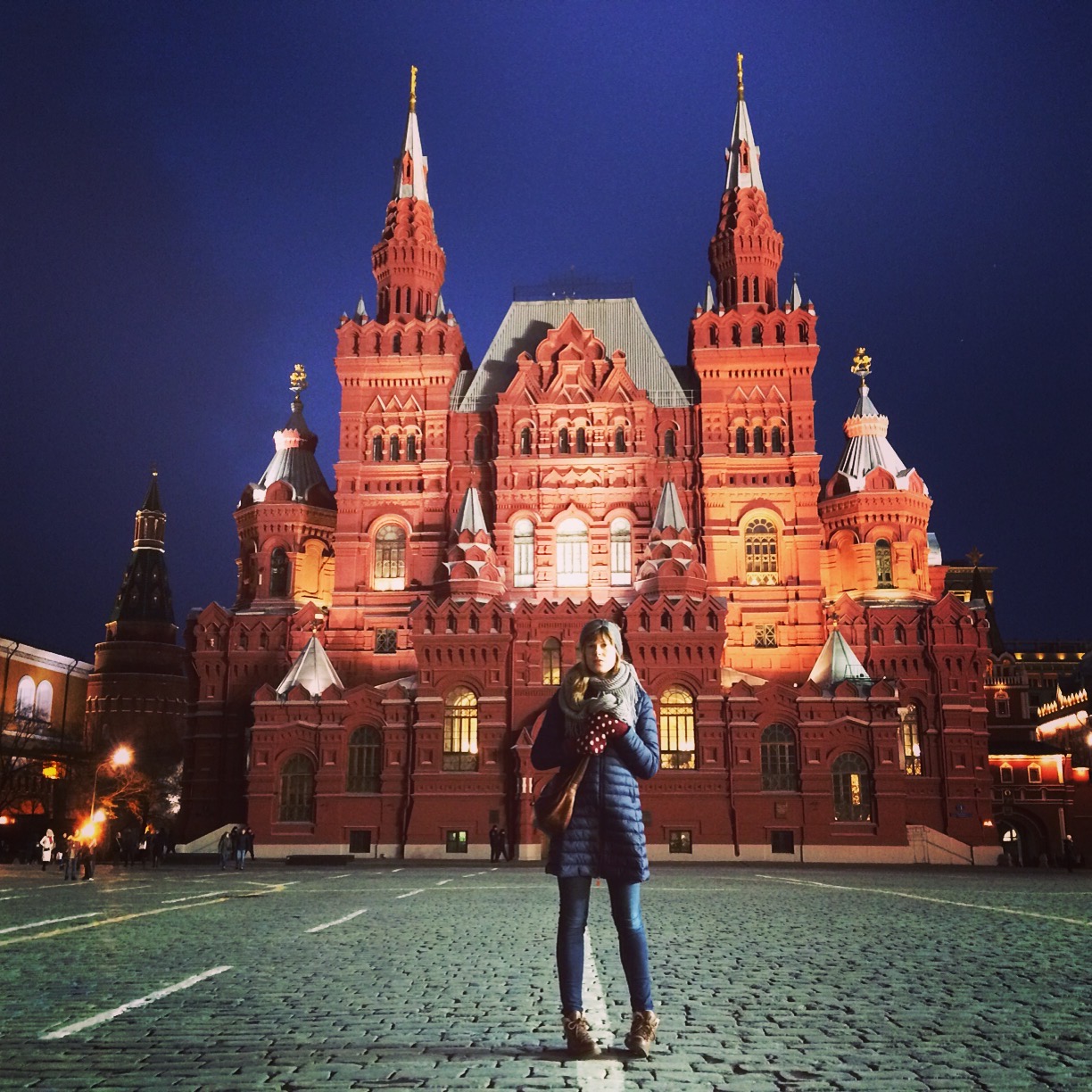
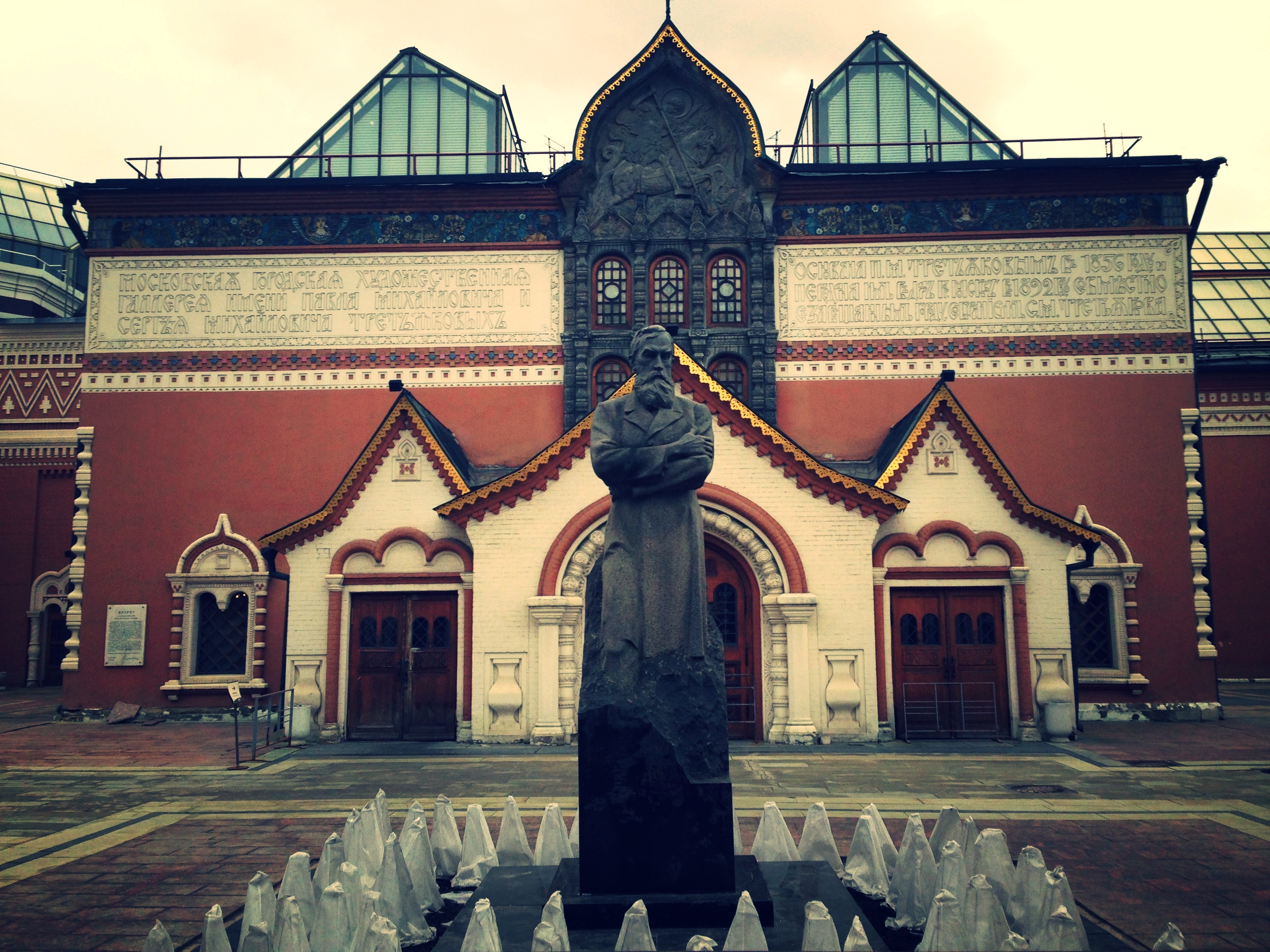
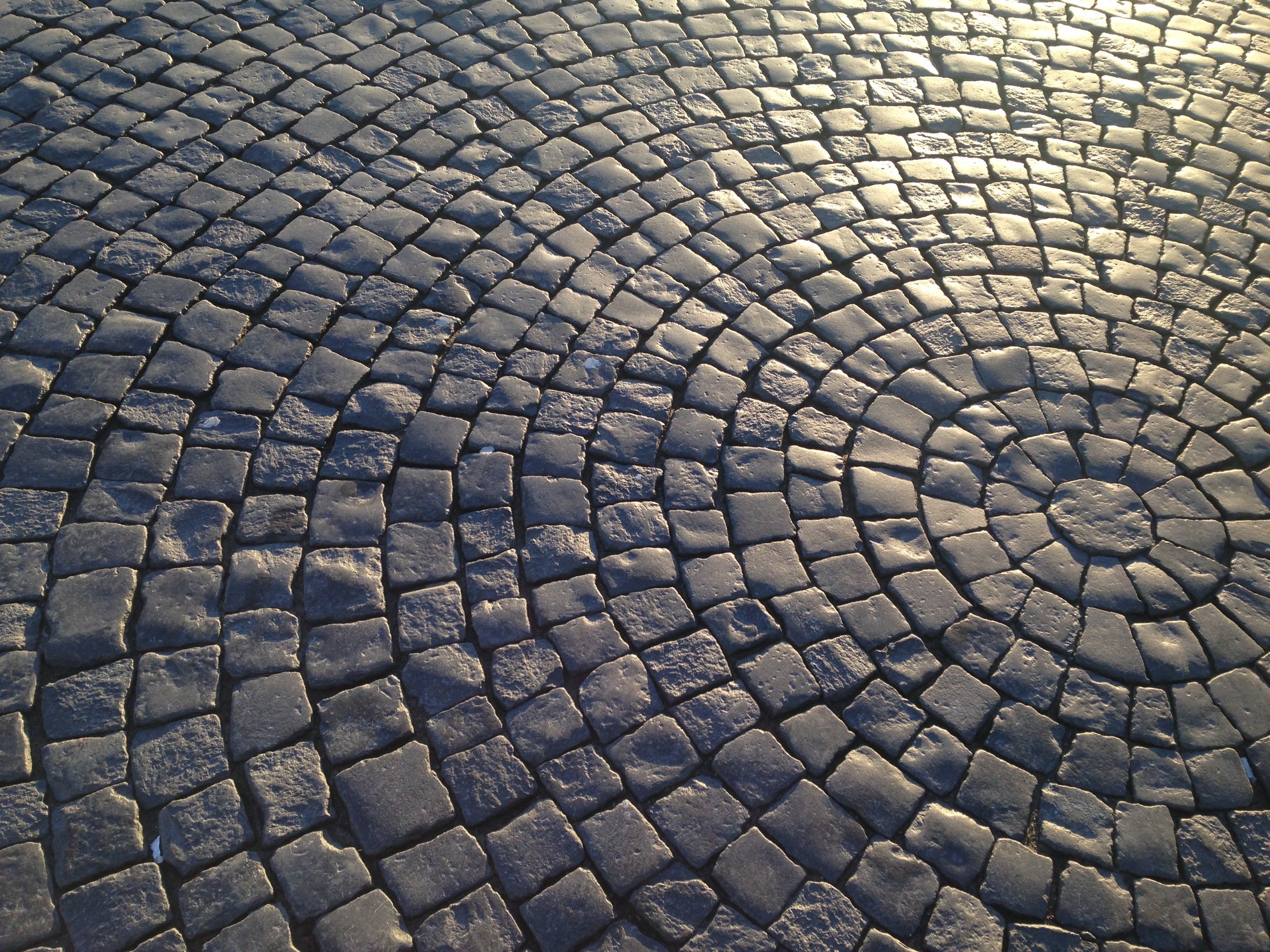


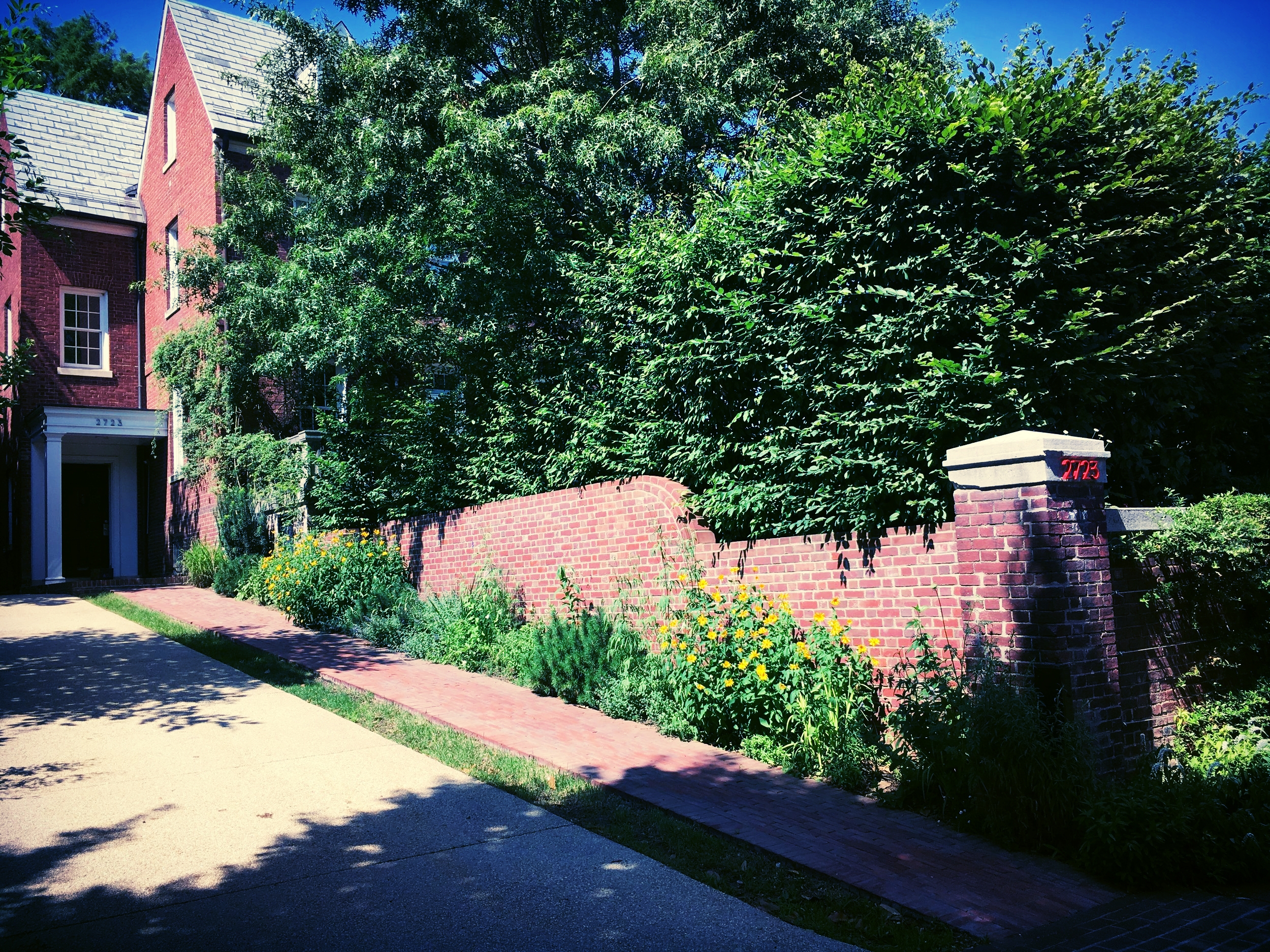
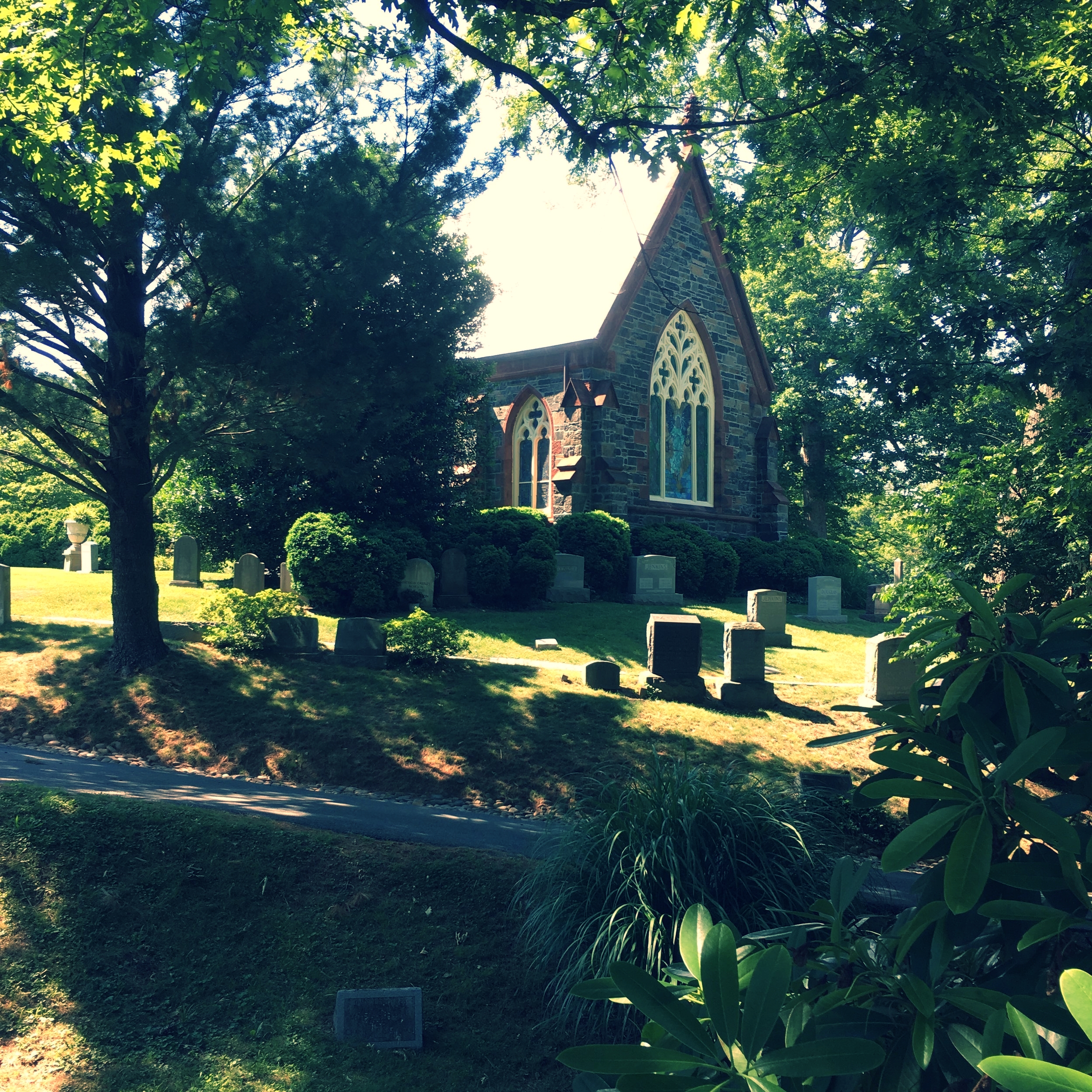
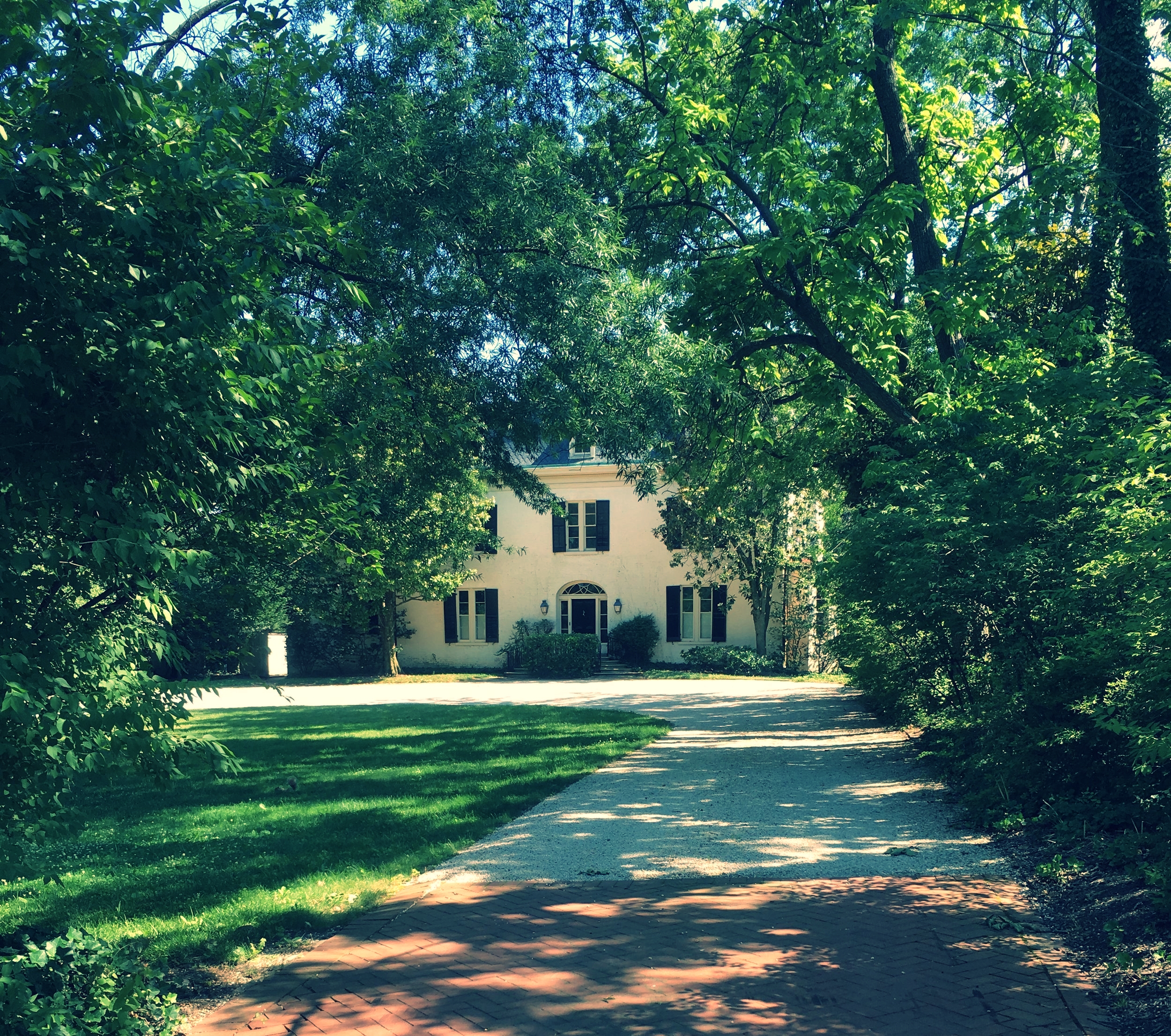
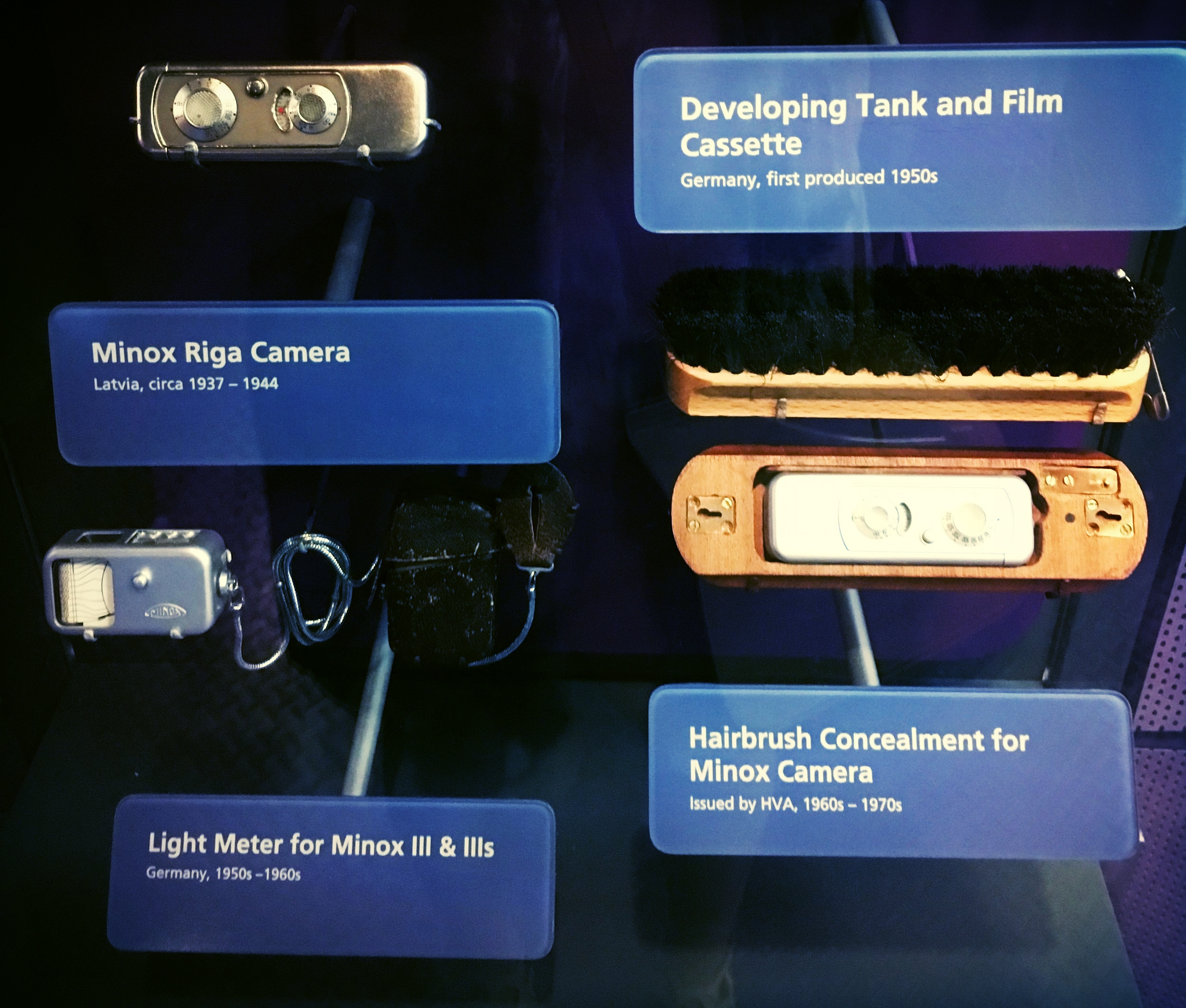
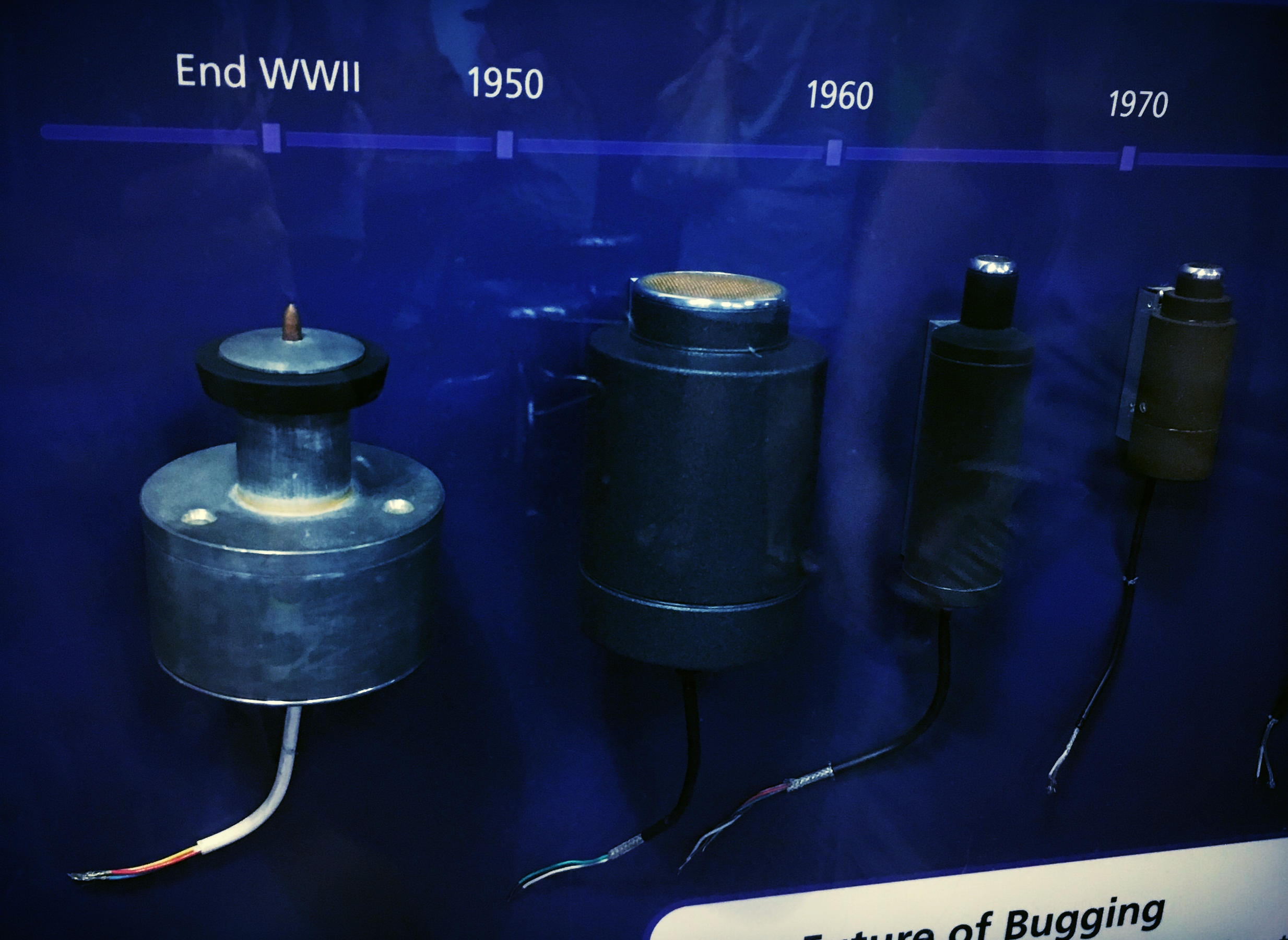
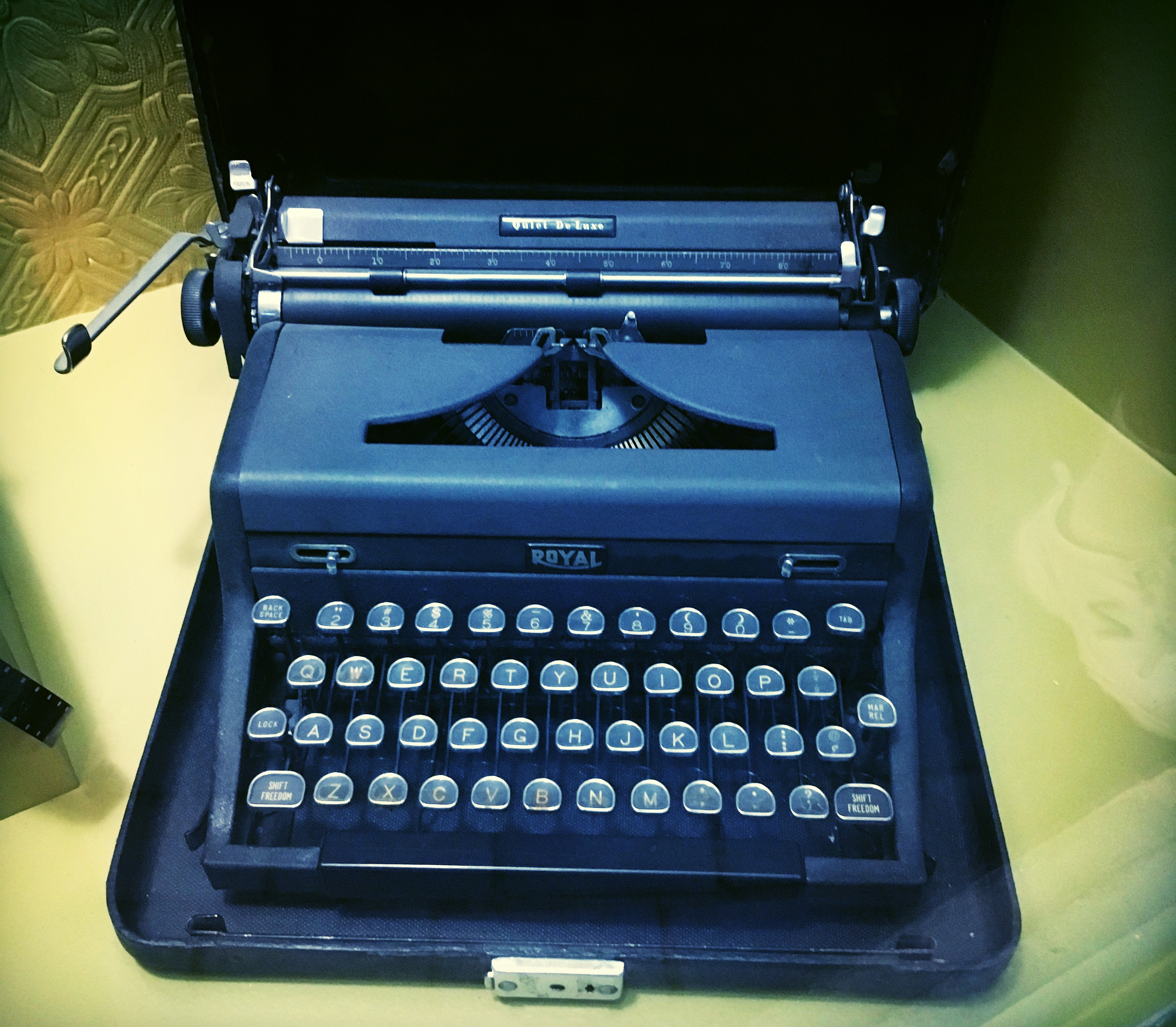
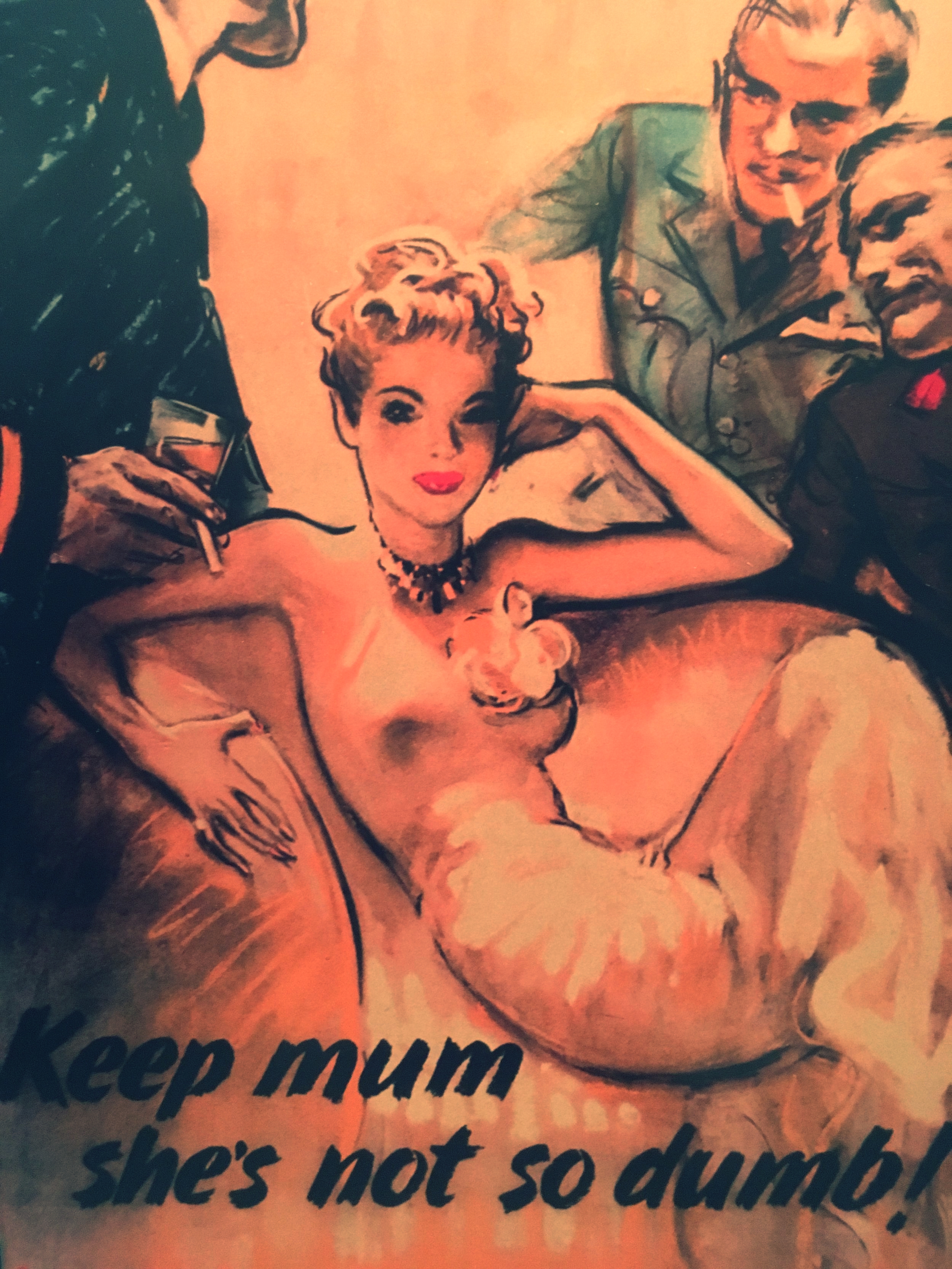
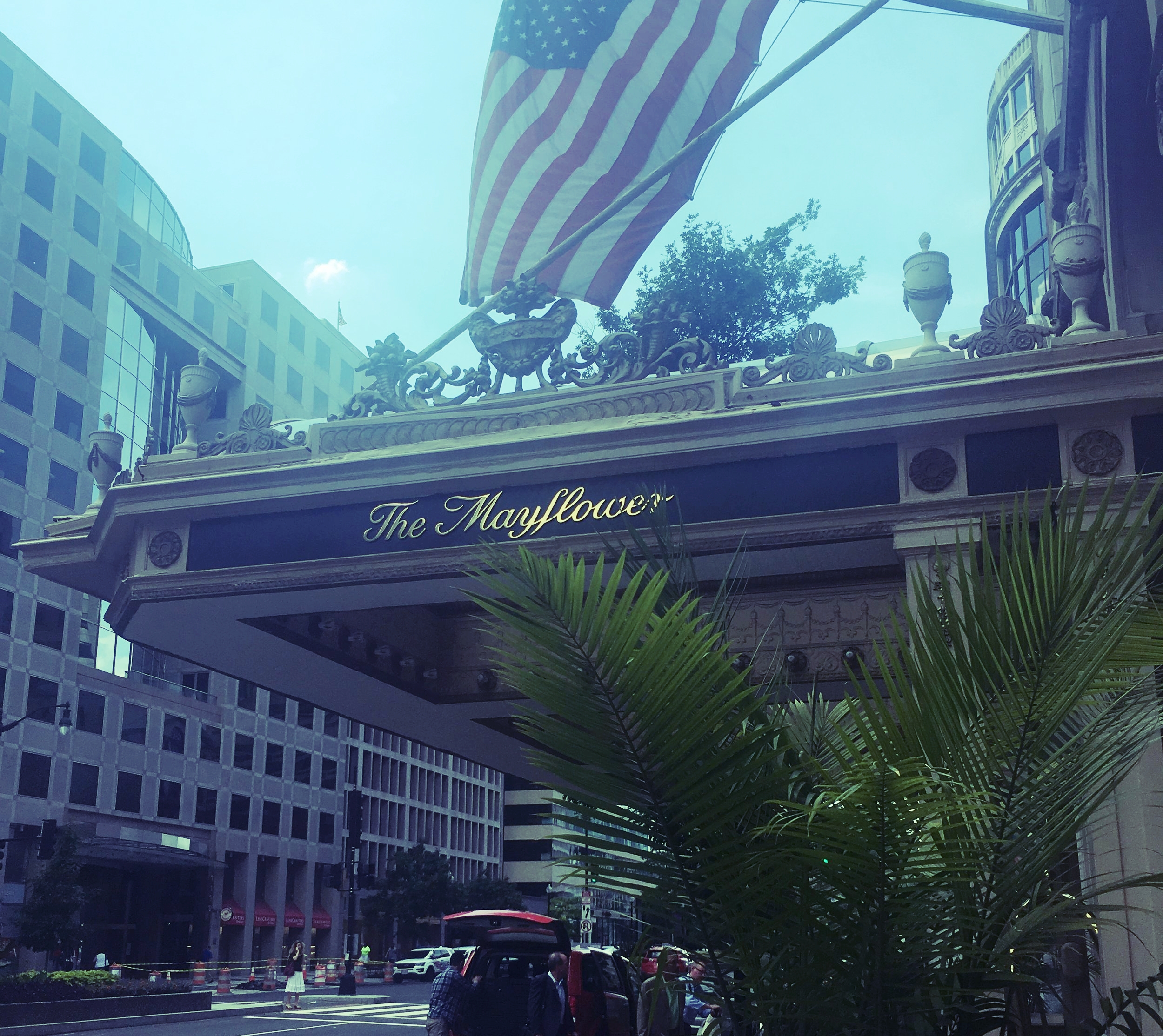
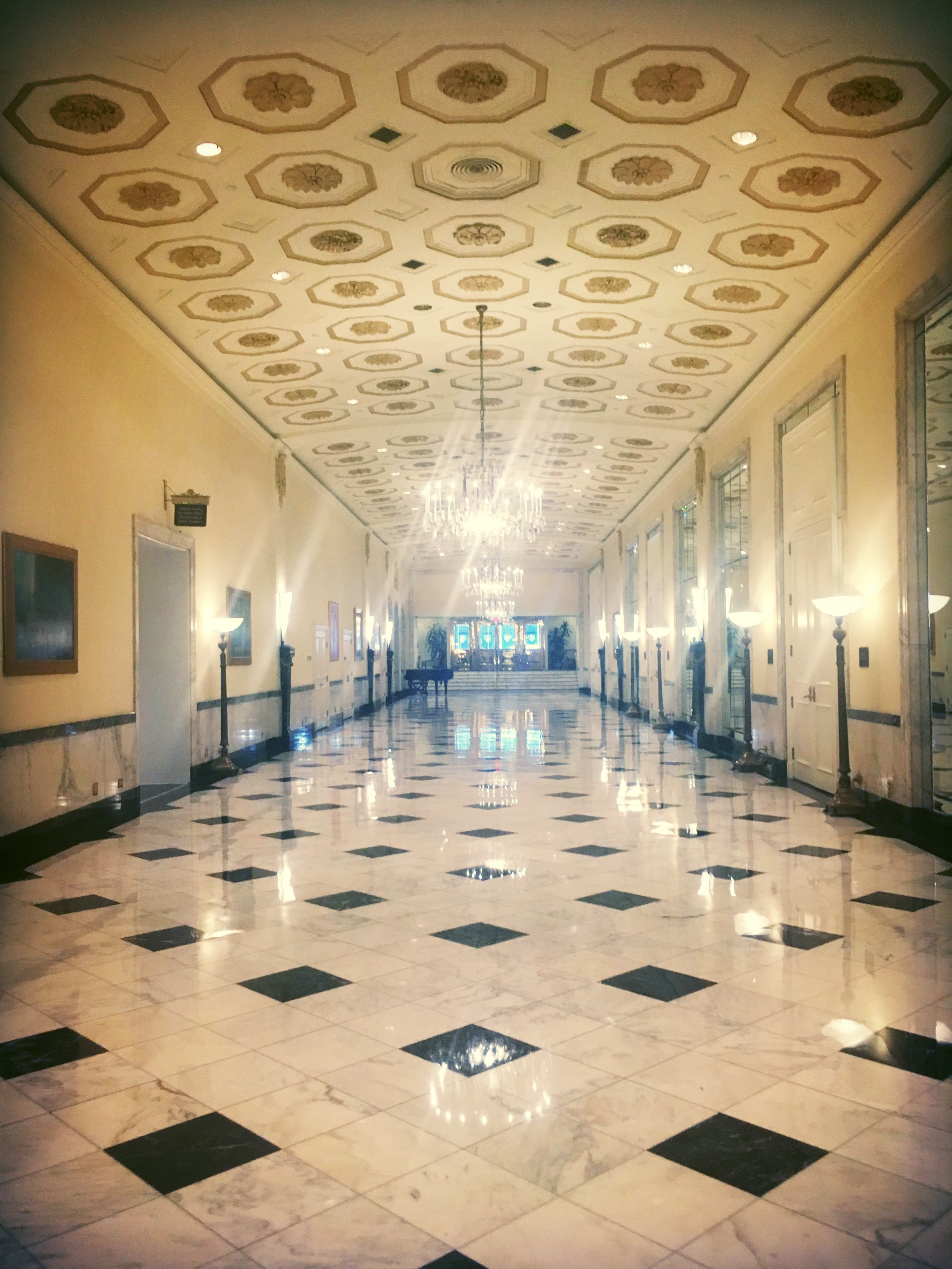
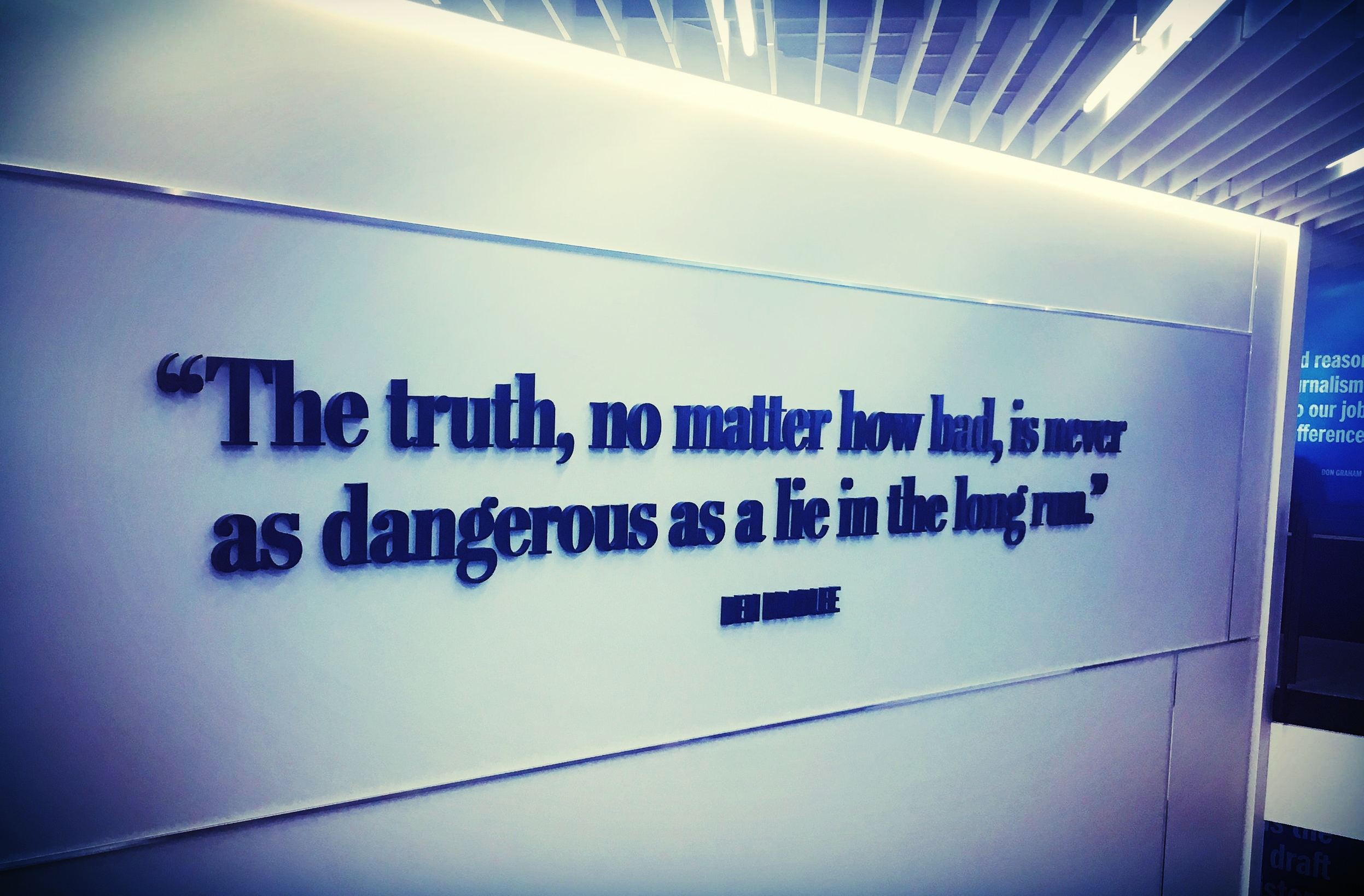
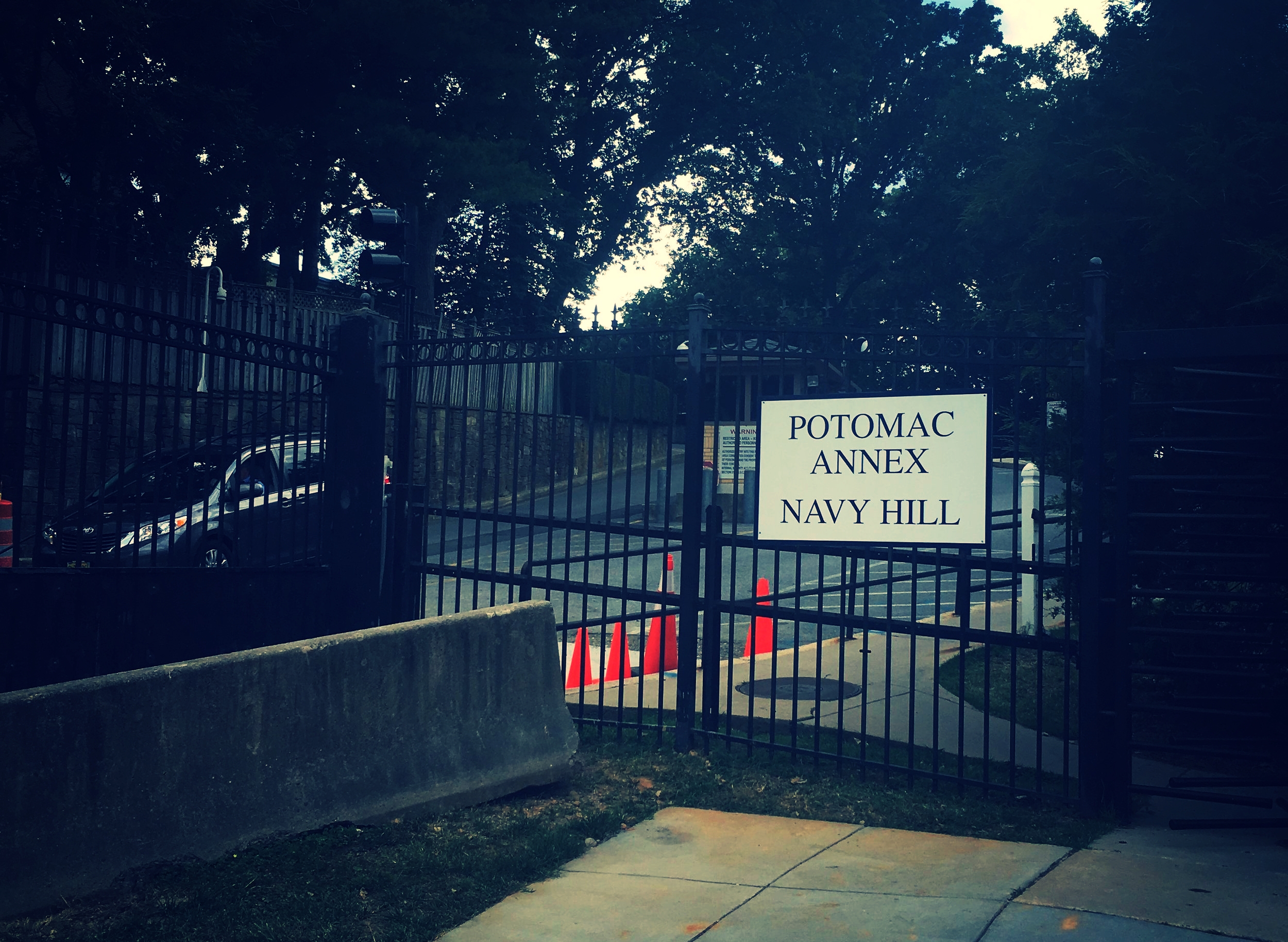

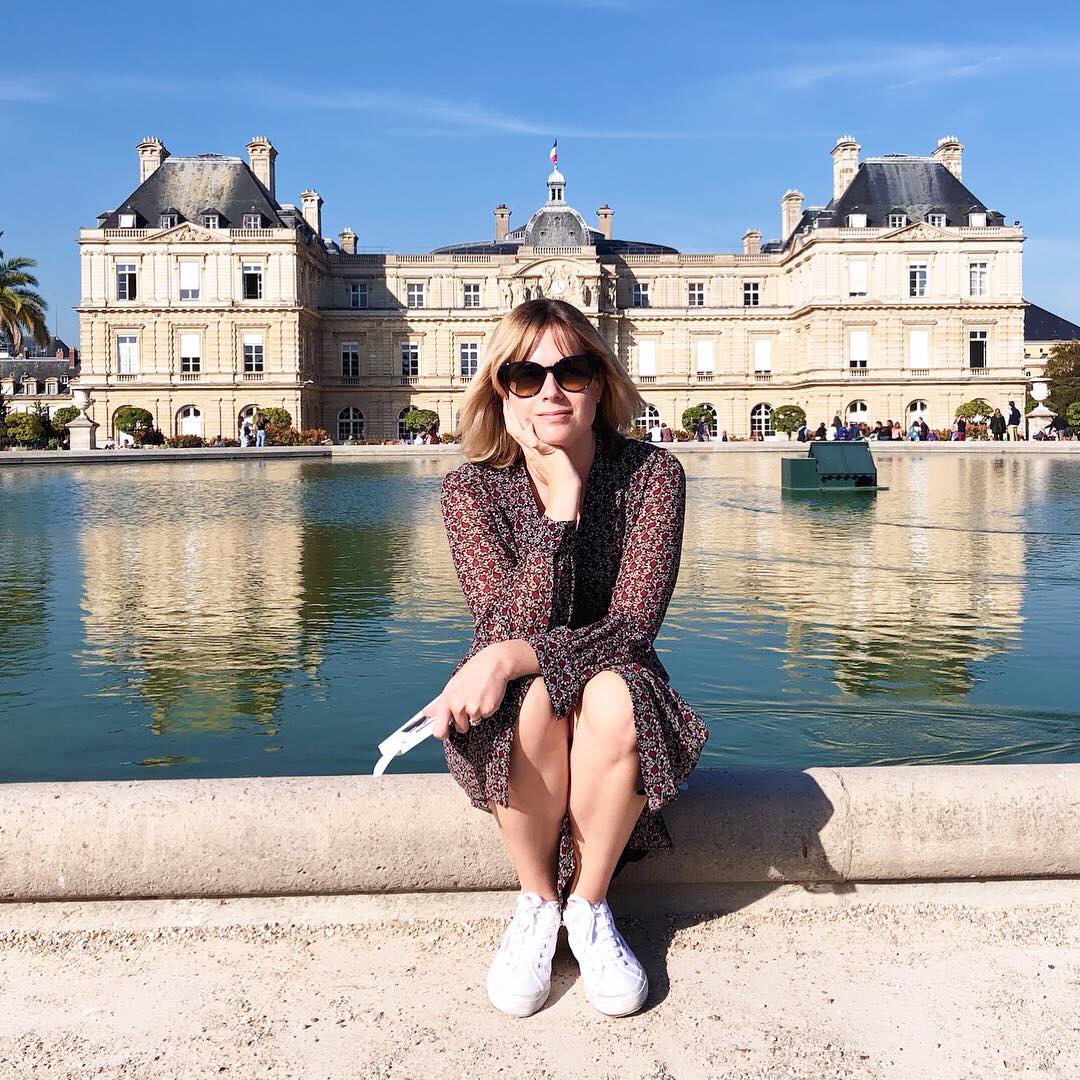
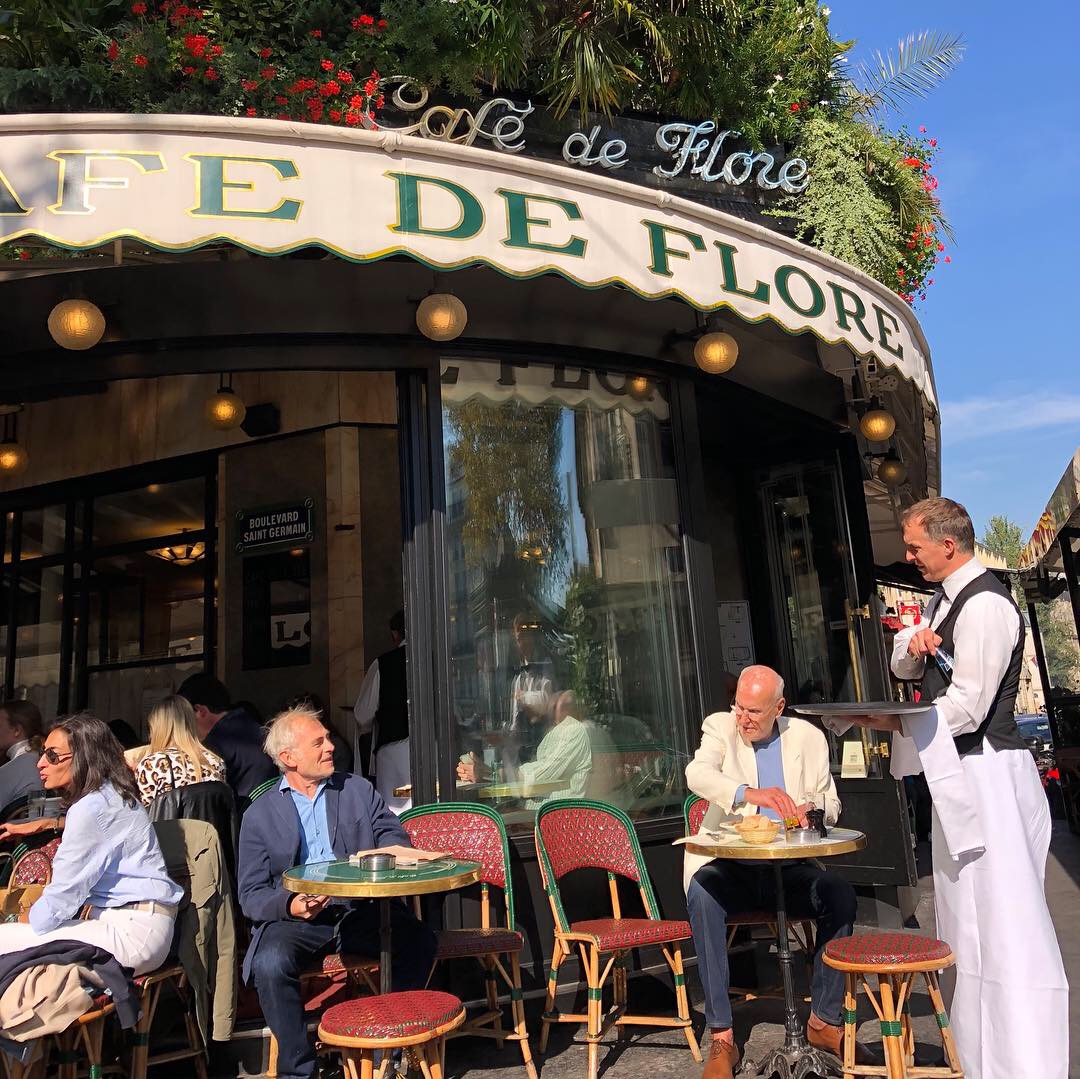
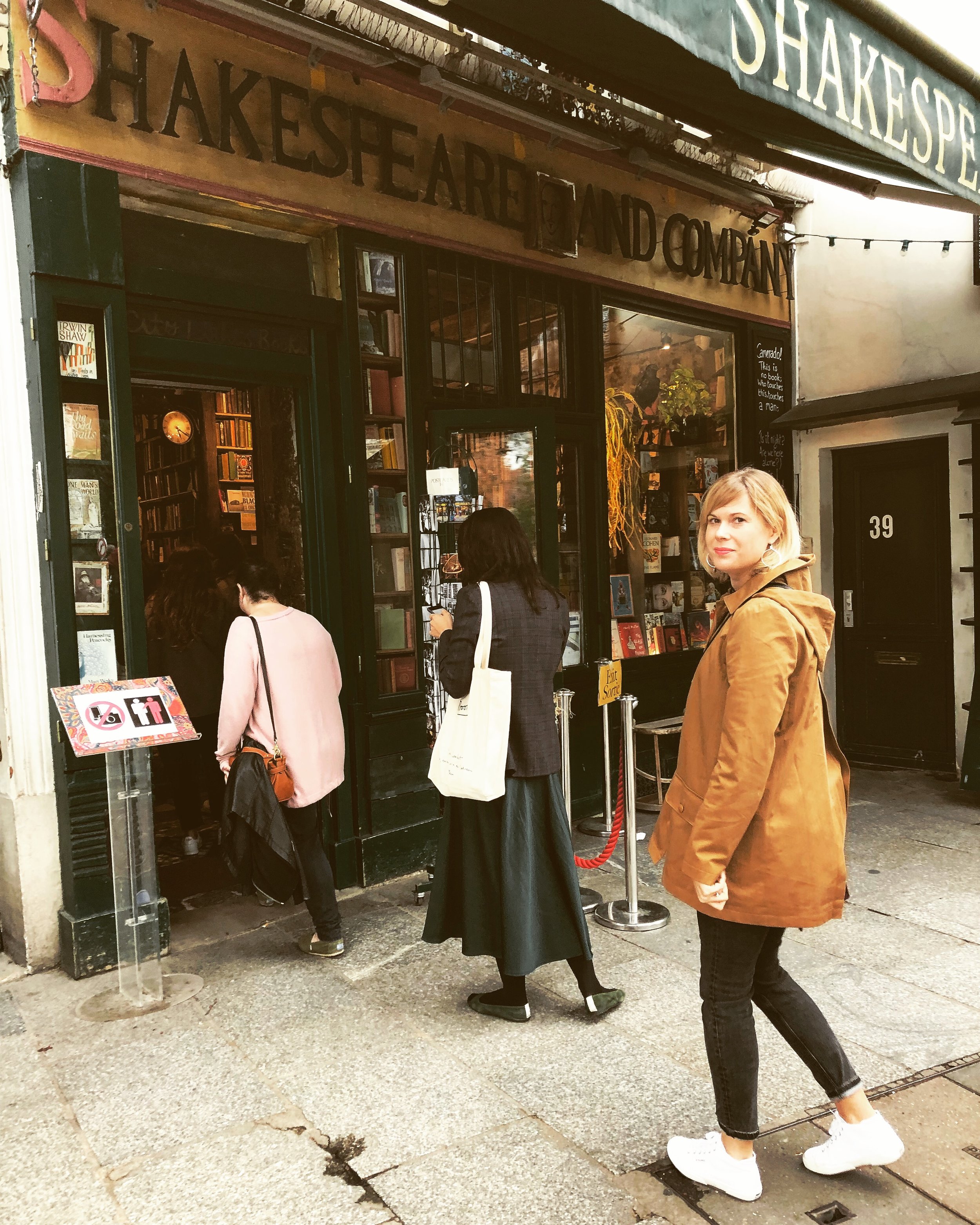
Lara also visited Russia during spring break of her first year at the Michener Center. (Who ever said Cancun is the ideal spring break locale?) These visits greatly informed the Eastern thread of my novel, especially by providing a sense of place and atmosphere. Lara says it was truly a magical moment getting off the train in Peredelkino and walking the same route Pasternak had walked to his dacha on the hill. Visiting his gravesite and its modest tombstone was an incredibly moving experience.
The Western thread was informed by Lara’s many years spent living and working in D.C. and additional visits to the city for research purposes (including to visit specific locations relevant to the 1950s-era intelligence community). Walking through Georgetown, she felt as if she had a secret to what had happened within the beautiful brick homes, manicured parks, and wood-paneled bars that line its narrow streets. She also visited London and Paris for research and inspiration.




